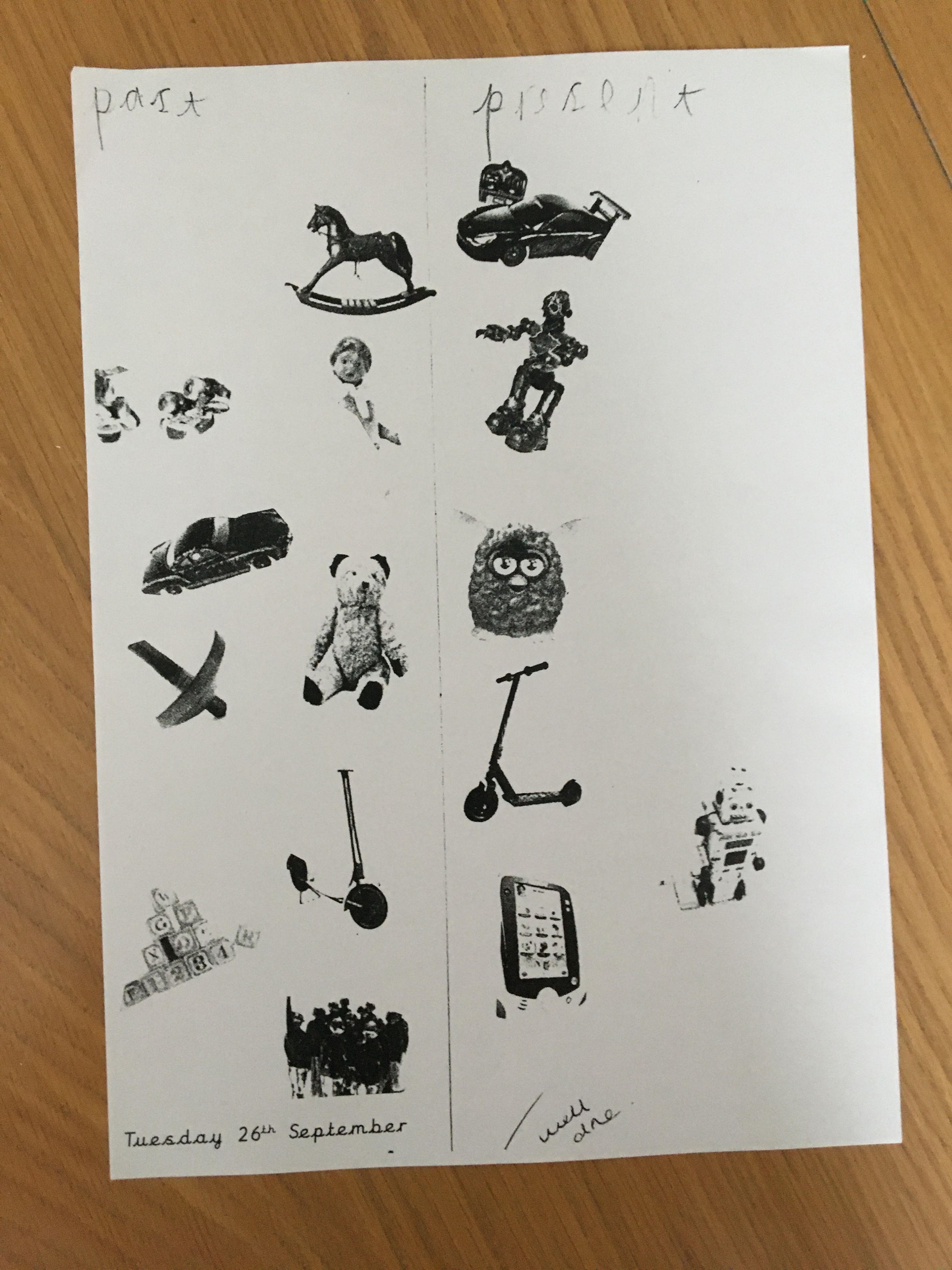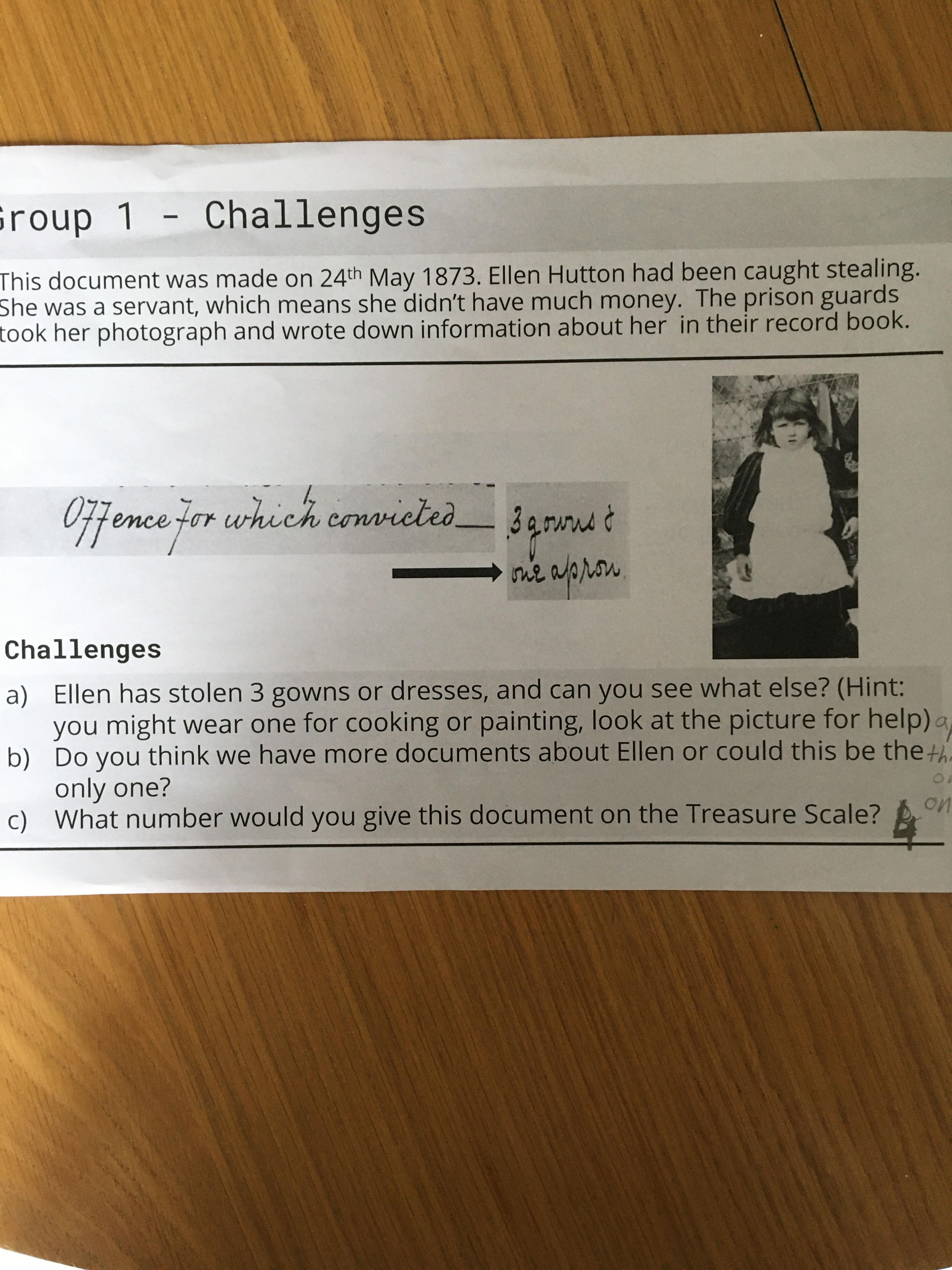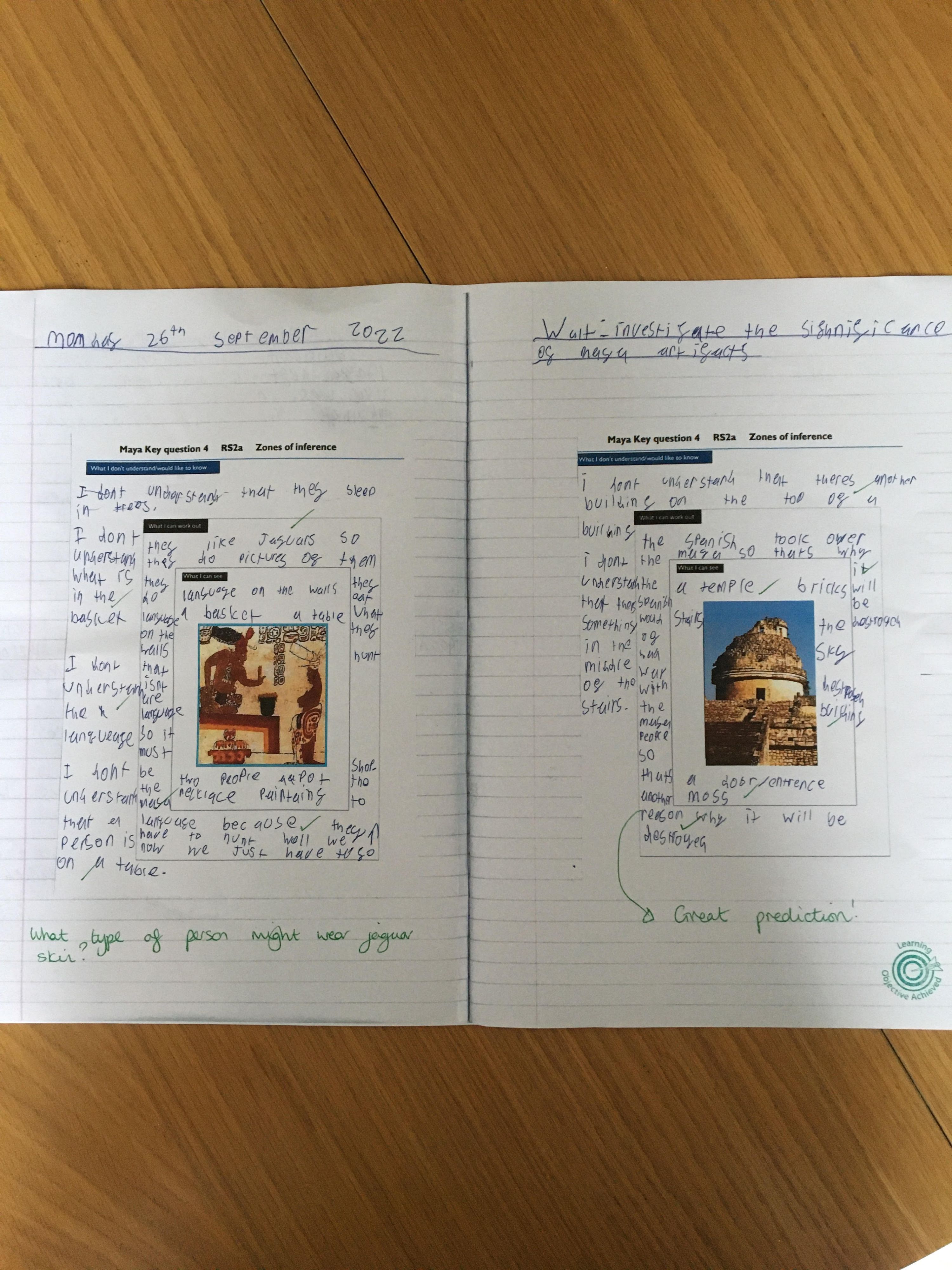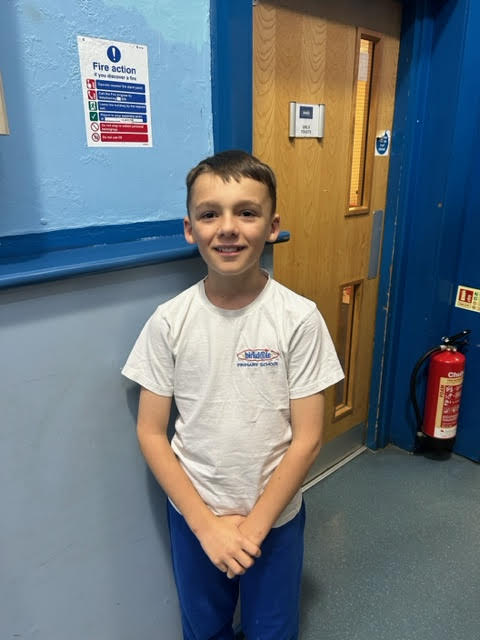History
Welcome to the History page!
What is History?
History itself, is a story that is always unfolding, always subject to inquiry and ripe for questioning.
Jon Meacham
We are not makers of history. We are made by history.
Martin Luther King, Jr.
Those who do not remember the past are condemned to repeat it.
George Santayana
History at Birkdale Primary School
Our History curriculum is designed to ignite children's curiosity about the past. We are determined that alongside historical knowledge there will be a high focus on the development of specific historical skills through discrete History lessons to ensure children know more and remember more.
The National Curriculum states that History helps pupils to understand the complexity of people’s lives, the process of continuity and change, the diversity of societies and relationships between different groups, as well as their own identity and the challenges of their time. We want children to learn about, and understand the past, to make connections with how we live now.
We are introducing a scheme of work by Kapow alongside drawing on other resources such as www.keystagehistory.co.uk, www.history.com and National Museums Merseyside and National Archives to help inform and develop our long term plan and work on the principle that the curriculum needs a ‘forwards and backwards’ approach. This gives children the opportunity to build on previously learnt knowledge and revisit concepts and understanding. In collaboration with the National Archives team we are providing the children with the opportunity to partake in online sessions exploring real life written resources linked to their learning.
Early Years Foundation Stage
Children talk about past and present events in their own lives and in the lives of family members. They learn about similarities and differences between themselves and others and amongst families, communities and traditions. They are exposed to a range of stories and storybooks teaching them about key events throughout the year and have the opportunity to begin to explore continuity and change in familiar settings. Books such as 'The Tiger Who Came to Tea' (Judith Kerr) are good to share and to talk about how the characters are dressed differently than we do now. What is the same and what is different? Good Early Years practice is based upon an integrated, child-centred curriculum. Several areas of learning are important for laying the foundations for developing solid historical enquiry skills throughout a child's primary school education and beyond.
KEY STAGE 1 AND 2
We are living in an increasingly interconnected and complex world where questioning sources, intentions and contexts with a critical, analytical mind is vital. With this in mind throughout key stage 1 and 2 we learn about key historical periods, people and events through the prism of developing sophisticated historical enquiry skills and trying to develop children's knowledge and skills pertaining to key concepts (see table below). Our History scheme organises each unit (children study three per year) around an enquiry question. Each lesson then considers a separate question as part of the over-arching enquiry. These questions are broad and allow children to answer with different levels of knowledge. The children learn how to write historical questions and hypothesise and use evidence to answer them drawing on substantive concepts and disciplinary skills together. Teachers ask open and closed questions to model and assess the process. This helps children to practise recall and understanding and also develop higher order skills necessary for transition to Key Stage 3!
|
Investigating and interpreting the past This concept involves recognising that our understanding of the past comes from an interpretation of the available evidence. |
|
Building an overview of world history This concept involves an appreciation of the characteristic features of the past and that these features are similar and different across time periods, and an understanding that life is different for different sections of society. |
|
Understand chronology This concept involves an understanding of how to chart the passing of time and how some aspects of history happened at similar times in different places. |
|
Communicate historically This concept involves using historical vocabulary and techniques to convey information about the past. |
Pupil Voice
This is some of what pupils had to say about History during pupil voice interviews last year, -
'I like working with artefacts and trying to work things out about times long ago.' (year 2 pupil)
'I enjoy learning how Britain has changed over time.' (year 3 pupil)
'An historian needs to be inquisitive.' (year 5 pupil)
'History is important to learn about where we have come from.' (year 4 pupil)
'History shows we can make changes for the better, we can be better, like not letting women vote, that was unfair, we know that now.' (year 6 pupil)
So what might children do in a History lesson?
They look at changes over time, developing a sense of time and chronology, for example how housing changed from the Stone Age to the Iron Age. They start to make comparisons between different civilisations and why these places developed in this way by studying similarities and differences. They think about how the past can be represented in different ways, for example an image of Vikings plundering and an image of the invaders farming. They think of reasons why that might be and are starting to think critically about how we know about what happened in the past and why historians sometimes need to revise what they previously thought to be true, so how did the discovery at Sutton Hoo affect opinions of Anglo-Saxon period of History? Children have the opportunity to observe primary and secondary sources and draw inferences with increasing sophistication. They learn how to communicate their reasoning and findings using historical terminology and by the end of Year 6 they partake in a transition topic drawing all their developing skills together in preparation for further in depth study at Key Stage 3! Below are a few activities focusing on one aspect of the History curriculum, primary and secondary sources of information.

Sorting artefacts into past and present and putting them on a simple timeline 'before I was born' and 'in my lifetime.'

Using sources from the National Archives we can make observations into the lives of children in the past and make inferences.

Evaluating sources of information in terms of importance and what can we infer from them?
Our History Ambassador:

